
Our three days in Cairo were action-packed and exhausting, but we persevered and took in as much as possible. From the intact antiquities and wonders of the world to the present-day challenges with unbridled traffic, pollution, and housing issues, Cairo’s rich past and its unbridled passion provide non-stop stimulation in every way possible. We’ll try to capture some of why locals continue to refer to the city as “Umm al-Dunya,” Mother of the World.
The Nile lured visitors to Egypt as early as 5200 BC and by 3100 BC it had become the world’s first recognizable city-state. Formed around 45 million years ago, the Nile took thousands of years to become the longest watercourse in the world. Most of Egypt’s most important myths were based on the Nile, and even the ancient calendar was adjusted according to the patterns of the river. The Nile continues to be as integral to Egyptian life, lore, and commerce as it was so many years ago. We were blessed to be able to look out on the Nile from our hotel room balcony.

A visit to the Cairo Citadel provided us with a great introduction to the rich Islamic history surrounding this incredible place.

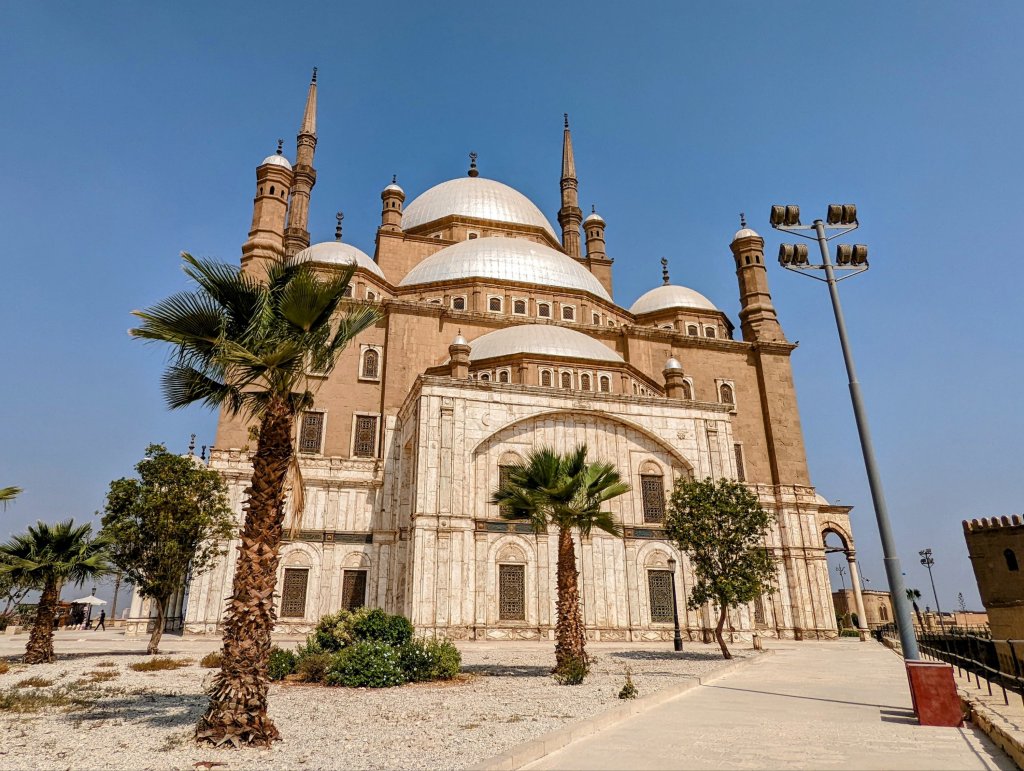

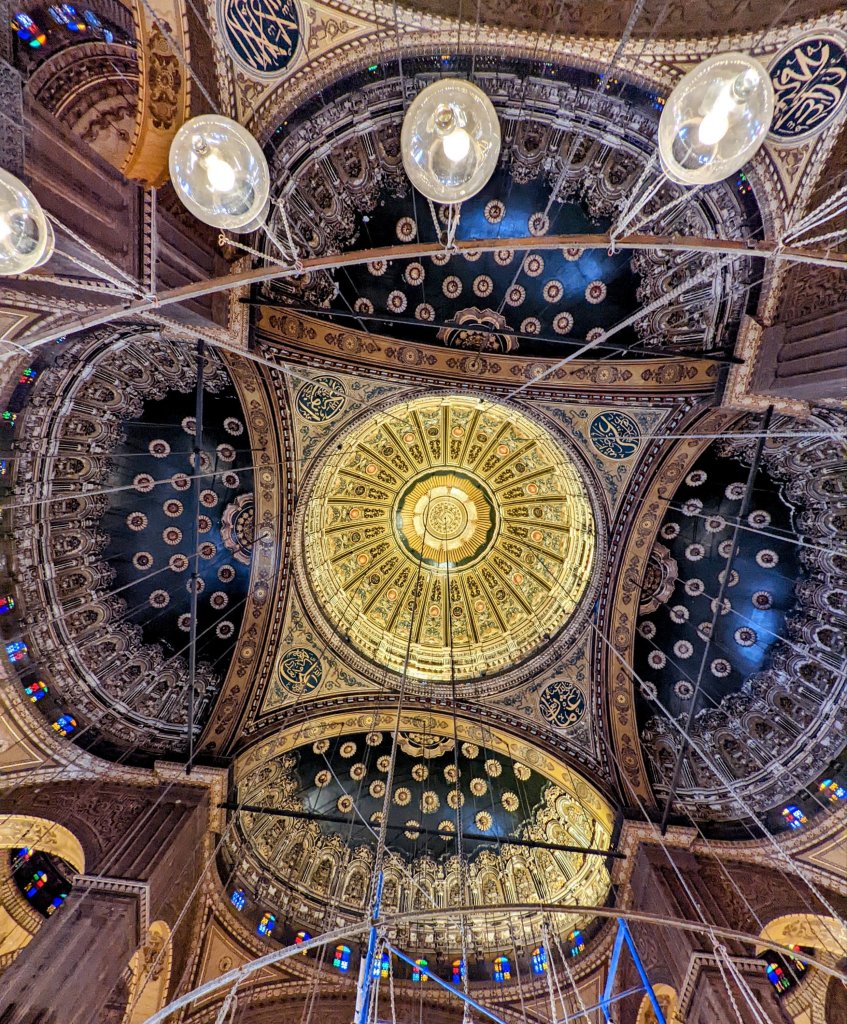
Moving on to the Egyptian Museum, we viewed many priceless antiquities, including some from King Tut’s tomb, and learned more about Egypt’s fascinating history. This visit provided meaningful context for some of the phenomenal things we’ll be experiencing on this journey of a lifetime.
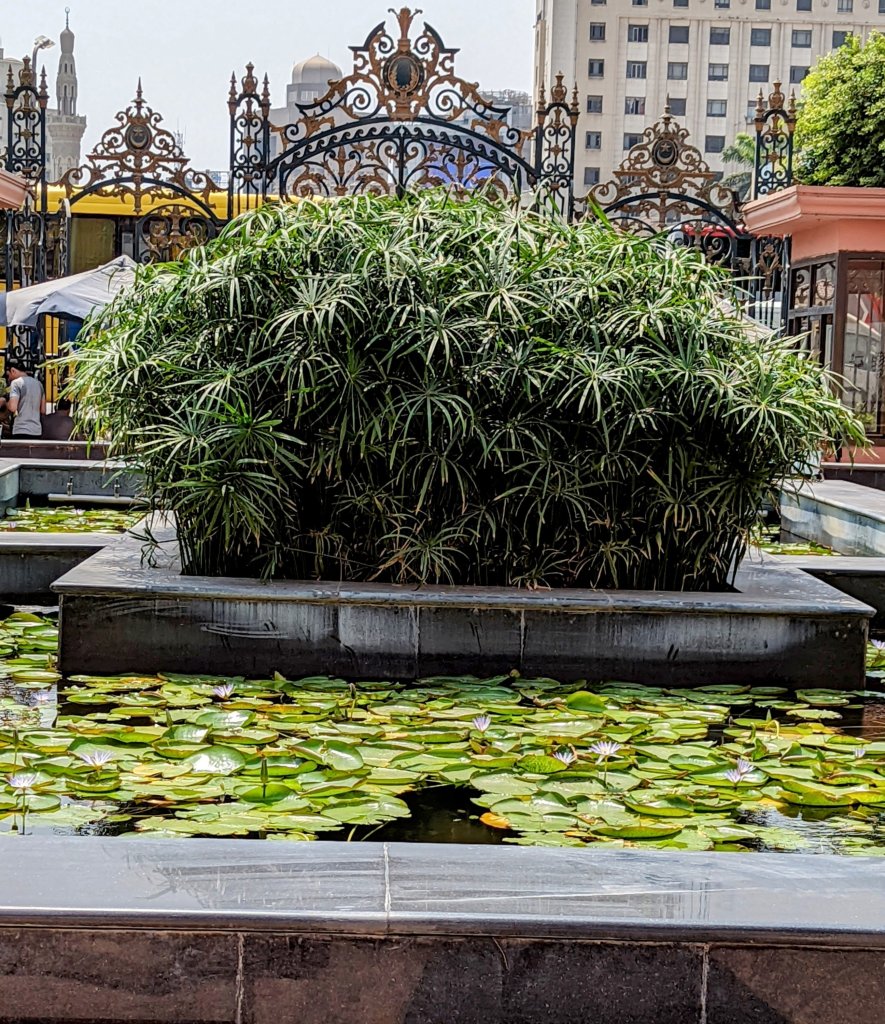
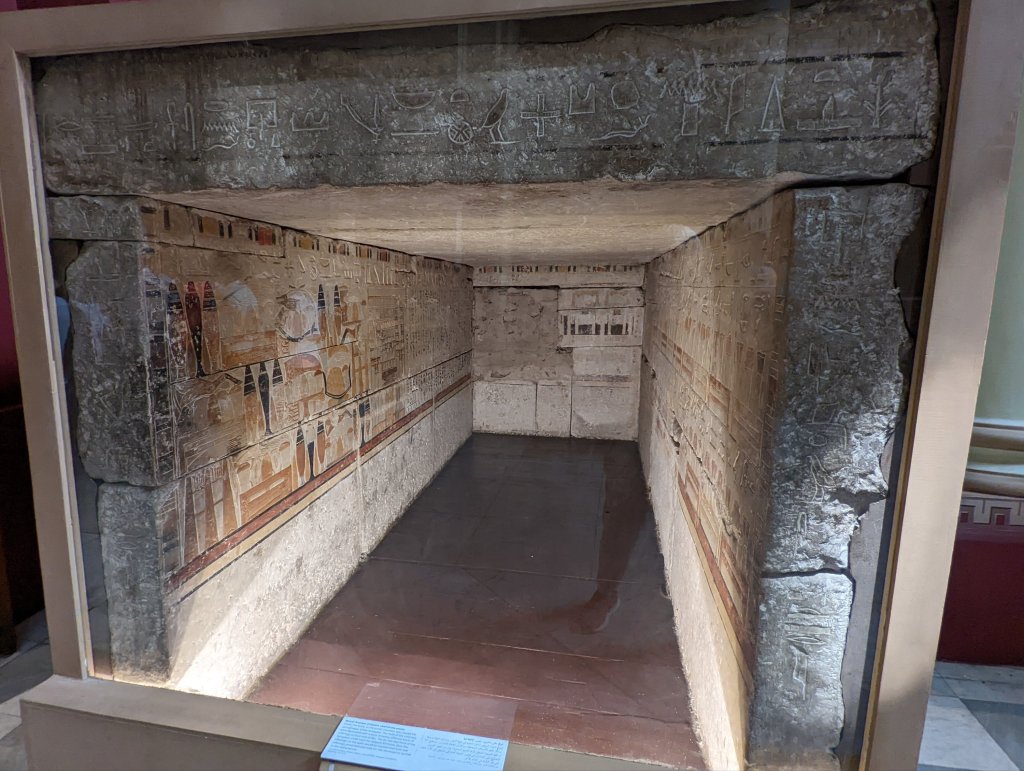


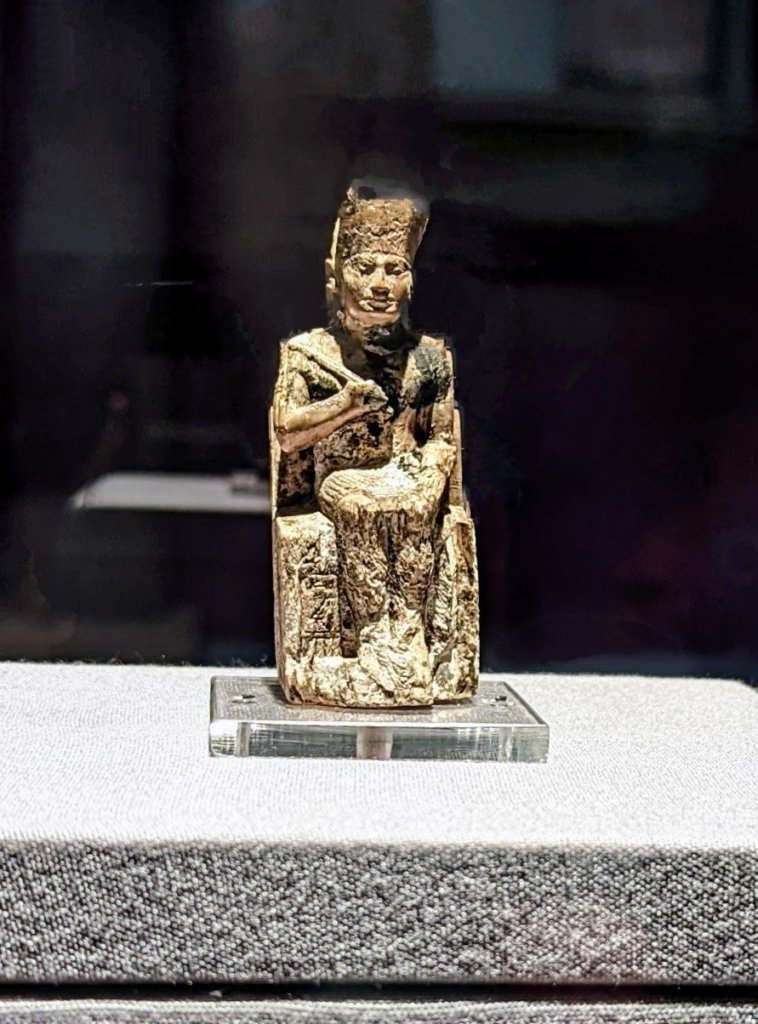

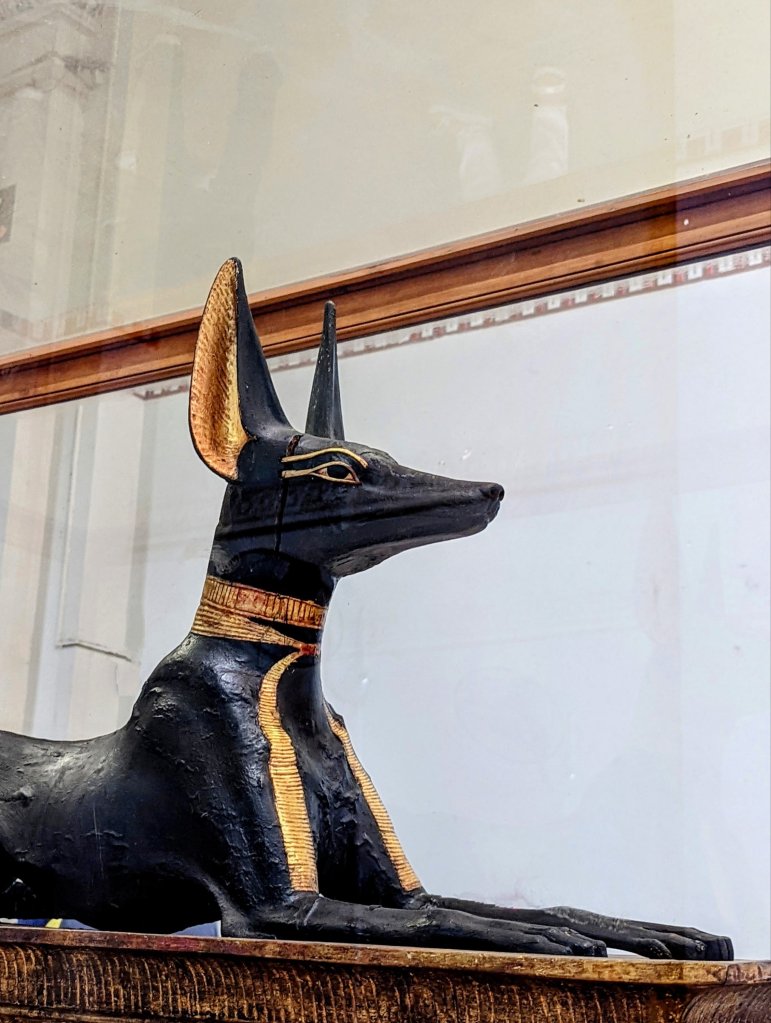
Pyramids represent the epitome of ancient Egypt’s glory. The first pyramid was the Sakkara Step Pyramid. Built under the direction of Imhotep, King Djoser’s chief minister and architect as the king’s final resting place, Sakkara soars to a height of 204 feet. Beneath it lies a labyrinth of tunnels and chambers including the king’a sarcophagus 75 feet underground. It is truly a sight to behold. Seeing the pyramids glowing in the sun is a breathtaking experience, especially knowing that what remains today are only the underlying core stones.

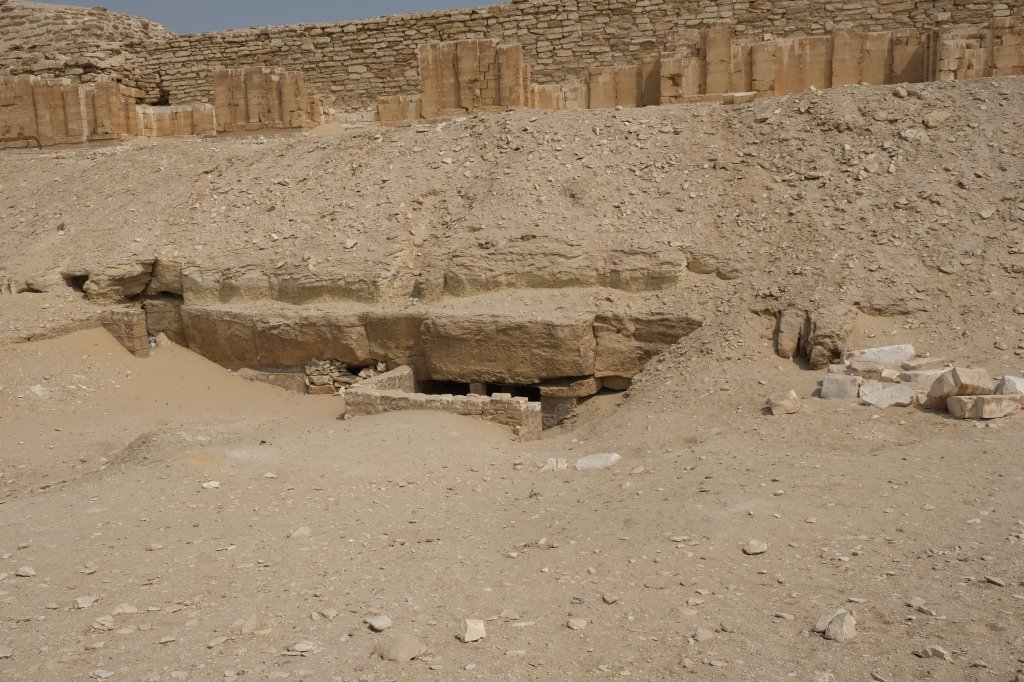




a rare bit of shade.
After Djoser, other kings built pyramids in Sakkara and elsewhere, but the greatest of all is the Great Pyramid of Khufu, also called Cheops. Described as one of the Seven Wonders of the World by ancient Greeks, it is the only one of those wonders still standing. It consists of 2.3 million stone blocks, each weighing between 2.5 and 15 tons. Contrary to popular belief, they were not built by slaves. Records show that the work was done by skilled craftsmen supervising paid laborers from all over Egypt. The Khufu/Cheops is flanked by the Pyramid of Khafre. The Pyramid of Menkaure is the smallest of the three, but has the most complex mortuary temple. All three are astronomically oriented with their four cardinal points within a fraction of a degree.
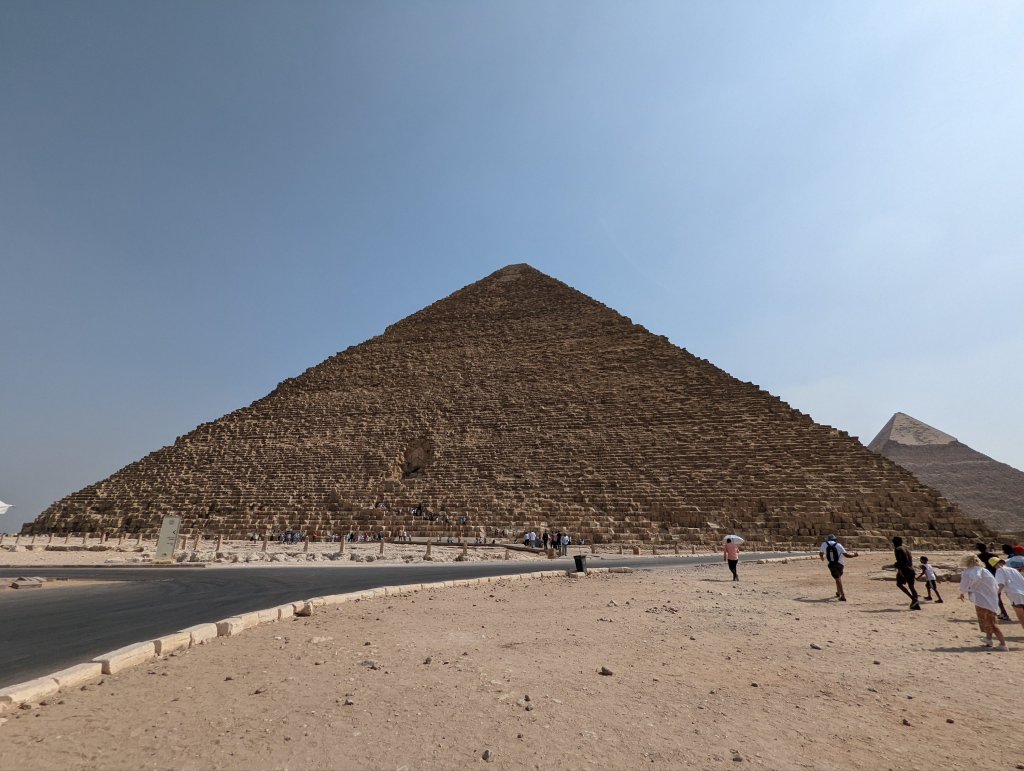
Khafre peeking out


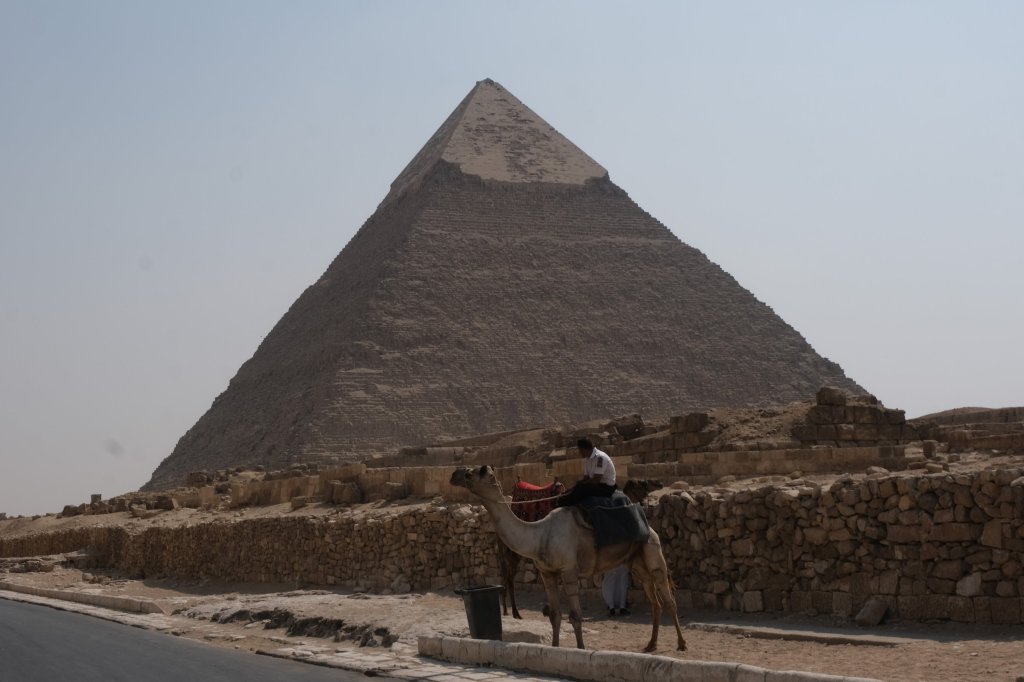


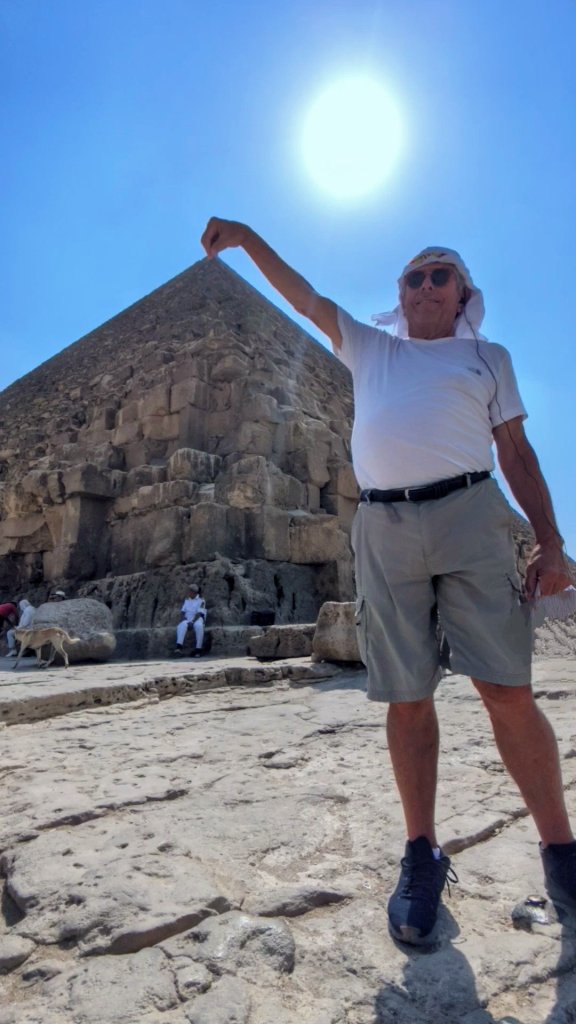
Full of mystery and wonder, the enigmatic Sphinx, carved from a single block of limestone and nestled near the Great Pyramids of Giza, is one of the most enduring symbols of Egypt. Its face is missing a nose after having been battered by winds and harsh climates for centuries. Bits of red coloring offer the possibility that it might have been painted red at one time. It didn’t always sit on the ground near the pyramids. In the 1930s, an Egyptian archaeologist dug the cat out of its tomb, allowing the iconic sculpture to bask in the desert sun for all to see.

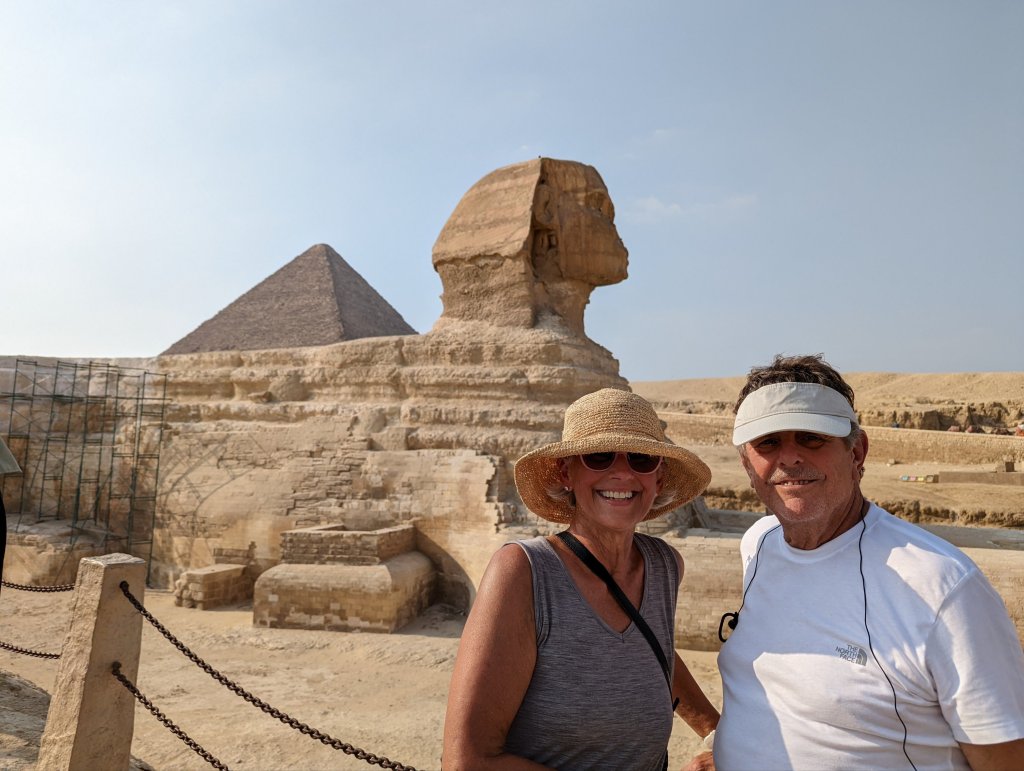
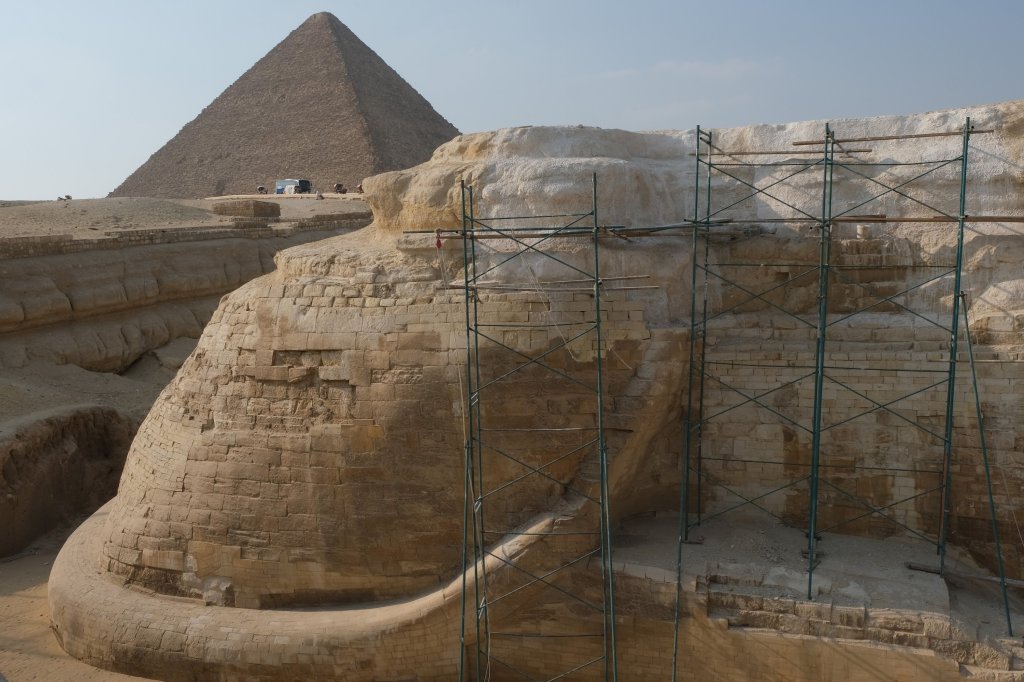
and ongoing restoration
We also had a little bit of fun riding camels at the pyramids. The guides helped us mount the enormous beasts, who then abruptly stood up. Although a bit intimidating, it was great fun and something we’ll never forget.



We also had the opportunity to visit Cairo’s oldest and largest open air bazaar, Khan el-Khalili, another thrilling experience! The bazaar, or souk in Arabic, is tucked into narrow streets and alleyways and offers a truly dynamic shopping experience. The Al-Hussein Mosque, a sacred religious site and important center of Islamic theology is adjacent to the bazaar.




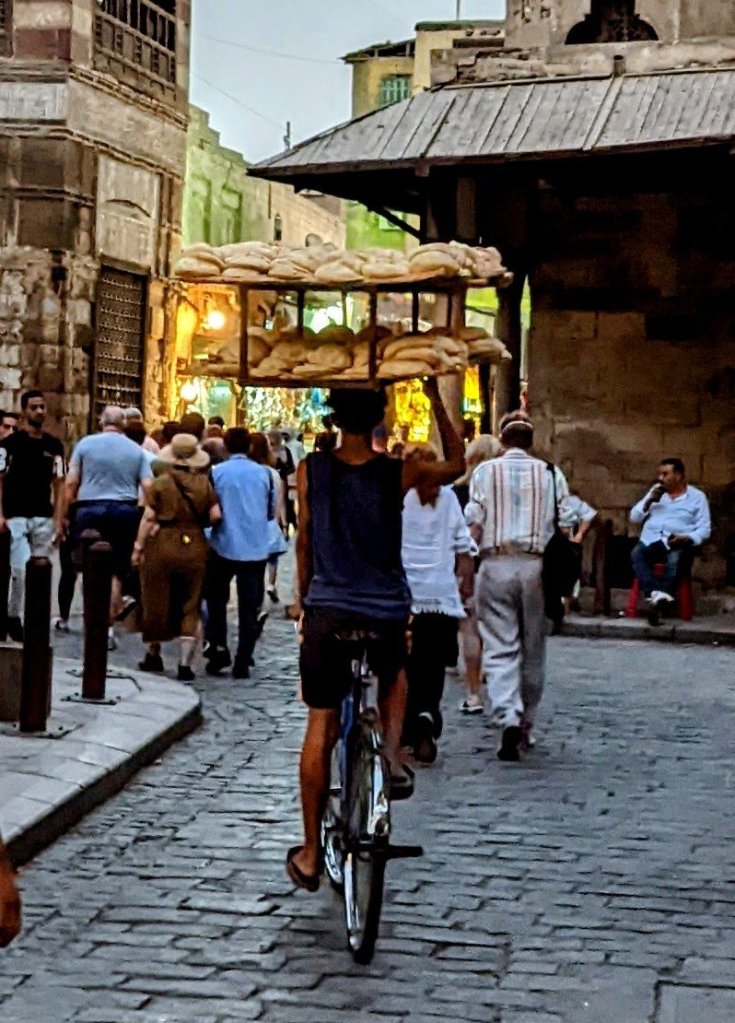
of bread on a bike!

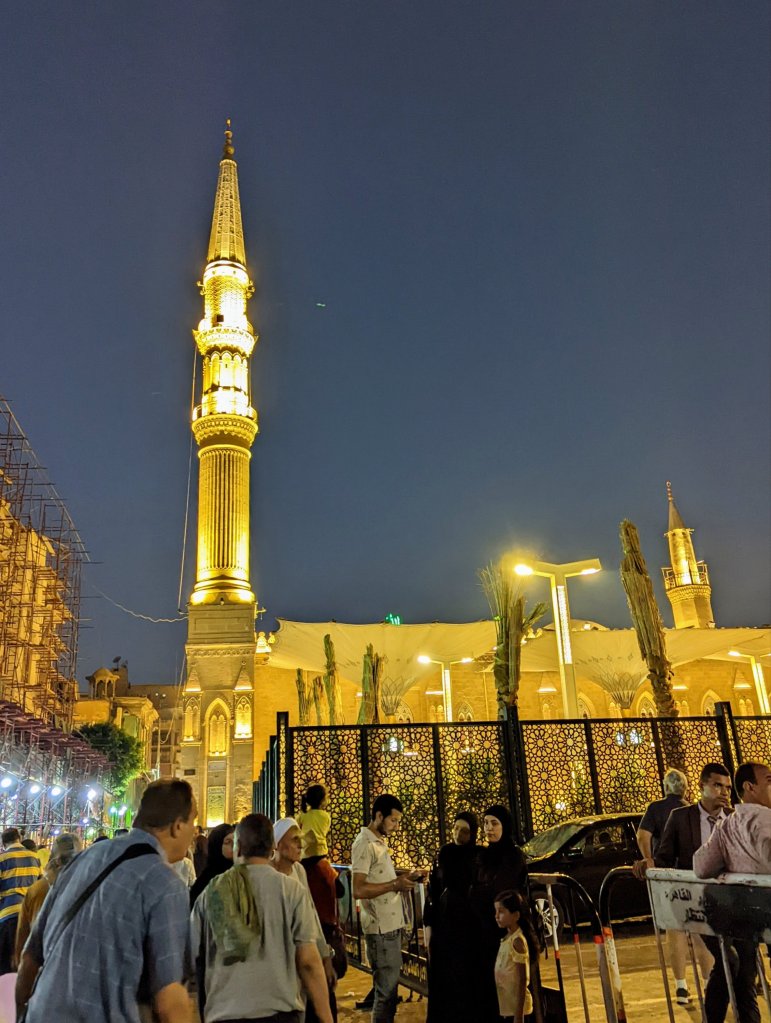
All over Cairo we saw throngs of people! Over 20 million people live there, and there are clearly some quality of life issues needing attention. And although our three day visit didn’t scratch the surface, we were thrilled to be able to experience this amazing place. Where else can one experience life as it was so long ago, eat exotic and delicious food, see treasures from ancient tombs, dodge endless traffic, ride camels, and see this much cotton candy!


Fantastic post. Cairo is truly amazing. I can’t believe you rode camels !! You are both brave and awesome.
What a fantastic, once-in-a-lifetime trip. Thanks for sharing these experiences.
WOW !!
LikeLike
Thanks for coming along…wish you were here! It’s 107° today!
LikeLike
Denise, your mastery of the word press medium is phenomenal! From well composed photos to expert prose you truly take us into your Timeless Traveler world. Thank you! I hope Doug didn’t get too exhausted keeping the pyramid balanced upright!😎
LikeLiked by 1 person
Thanks, Bob. I enjoy sharing 😊
LikeLike
Wow; this is the trip of a lifetime. Thank you for sharing this incredible journey with us. Enjoy the rest of your voyage and stay safe and healthy!
LikeLiked by 1 person
Thanks for following along, Sean!
LikeLike
Your ‘trip of a lifetime’ has been such fun for us to share, brought back good memories!
Your photos and blog have been amazing!! The camel photos are simply priceless,
my fearless friends.💕
LikeLiked by 1 person
Always so happy to see your comments! Miss you!
LikeLike
Wow! I look forward to your posts and living through your experiences. Love you both. Be safe!!
LikeLiked by 1 person
Thanks so much, Kim💖
LikeLike